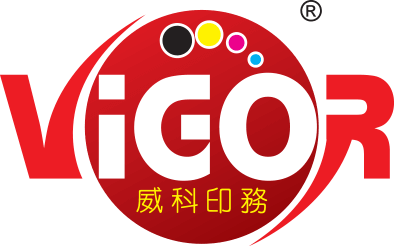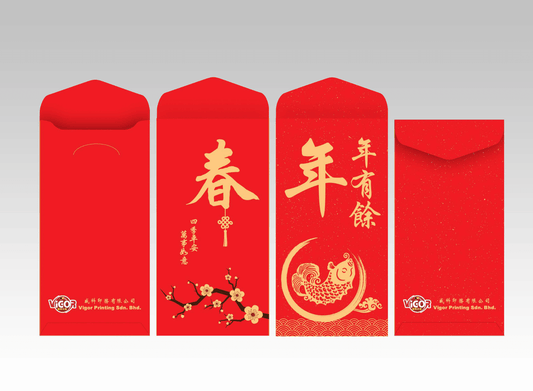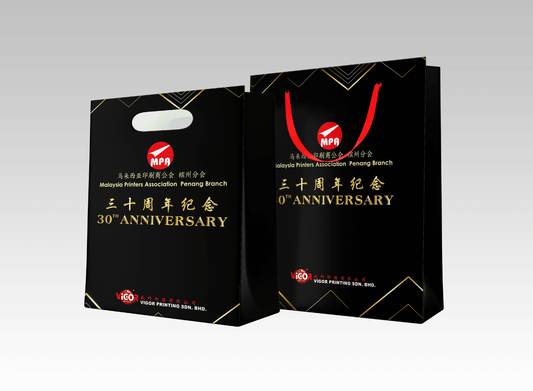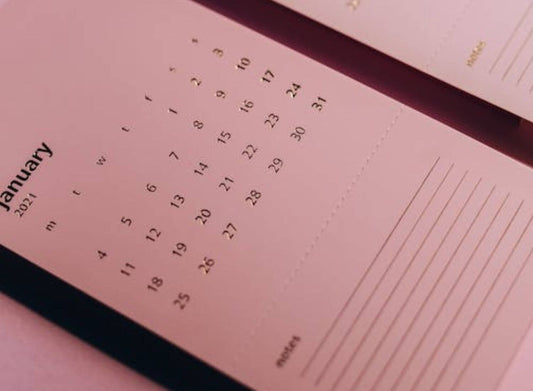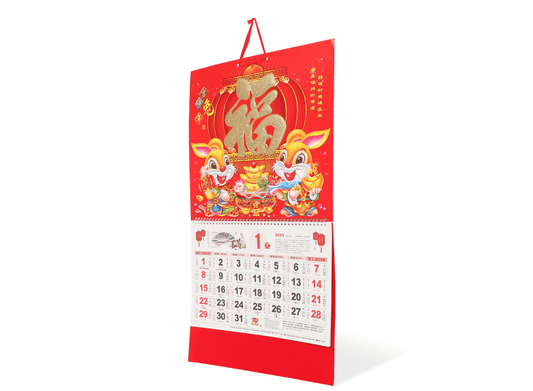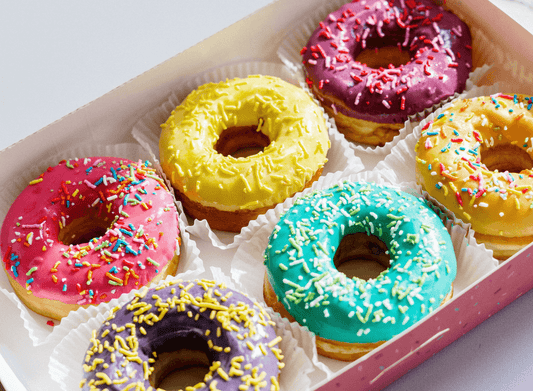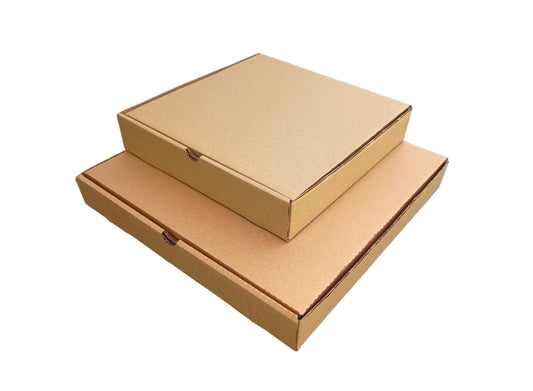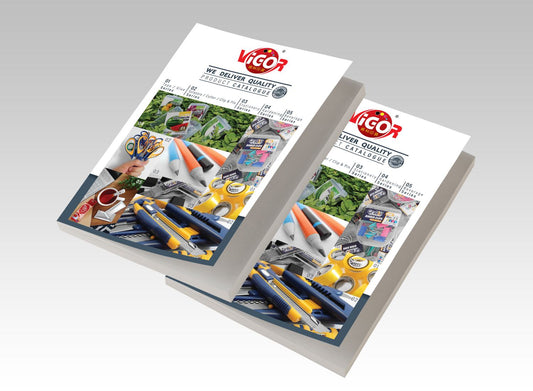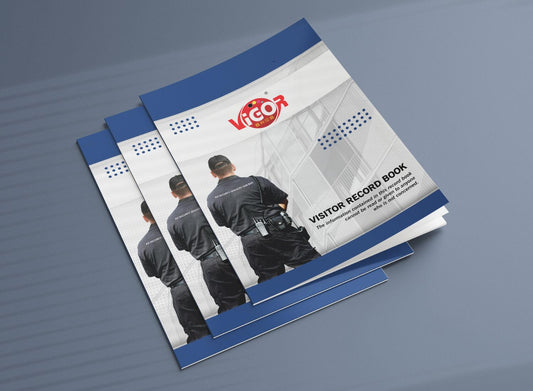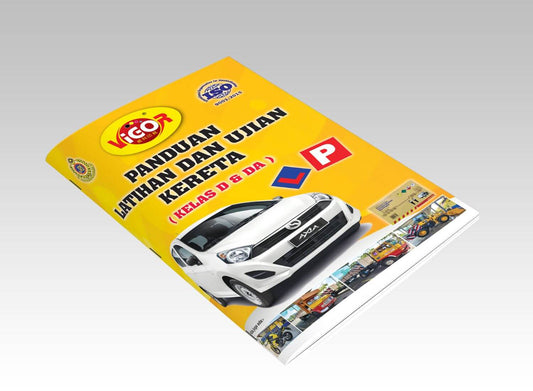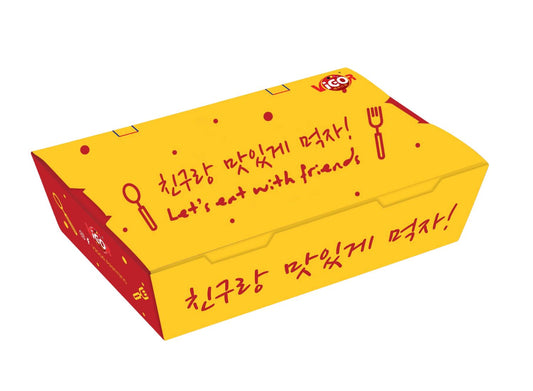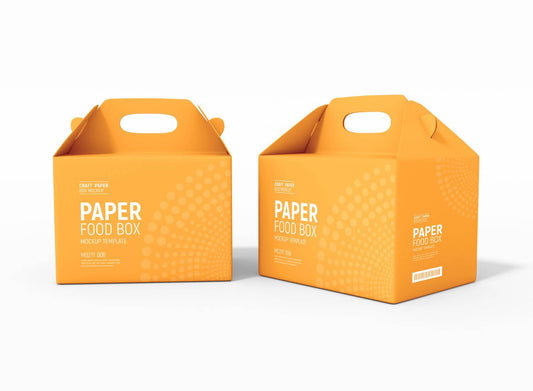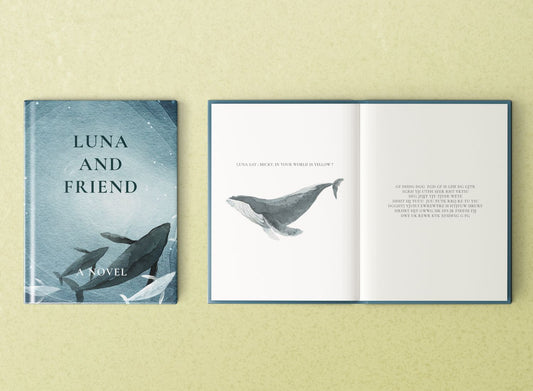Frequently Asked Question of Book Printing
Our book printing services can help you create a high-quality and professional printed book that is tailored to your needs. The services typically include everything from design layout to binding and finishing techniques.
Book printing can be done using either digital or offset printing depending on your desired outcome, budget, and timeline. Both methods offer a cost-effective solution that ensures your book looks great.
From book printing to publishing
- Create your manuscript: Before you can begin the printing process, you need a completed manuscript. This includes writing, proofreading, and editing.
- Choose a book printing platform: You need to decide the types of paper your book is printed on, the format and size, the number of pages, the type of binding and cover, and the printing method used.
- Design your book: After selecting the specs for your book, you need to design it. This includes the font, layout, interior design, images, and any other elements of your book.
- Submit your artwork & language: Once you’ve designed your book, you’re ready to submit your artwork files. It’s important to make sure they are in the correct file formats and meet the printer’s requirements.
- Editing & proofreading: Before your book is printed, it’s important to go over it one more time for accurate spelling, grammar, layout, and design.
- Print your book: Now you are ready to print your book. Depending on the printer you select and the paperwork they require, the process may be online or offline.
- Market & sell your book: Once your book is printed, it’s time to market it. Promote it on social media and other platforms, create a website, and sell it through online retailers.
Offset printing or digital printing
That depends on the type and size of the book you're printing, as well as the quantity.
Generally, offset printing is better for larger print runs because it is usually cheaper per copy and can accommodate a wider range of materials, such as different paper stocks or specialty inks. It also has longer turnaround times due to the need to set up plates for each job. Digital printing is best for smaller orders because it is faster, more efficient, and more cost-effective. It is also better for quick turnarounds, as there is no set-up time required and it can handle complex or full-color images.
How to choose the best paper for my new book
The type of paper used to print a book will depend on your desired outcome, the printing method you are using, and the cost you are willing to pay. For digital printing, a matte or uncoated paper is often recommended, as it produces a clean and crisp look. Offset printing typically uses coated paper such as gloss or silk as it offers better color reproduction and an overall higher-quality result. Additionally, specialty papers can be used for added visual appeal.
Which is the most popular paper for book printing
The most commonly used paper for book printing is wood free uncoated paper, also known as offset or book printing paper. It is an ideal choice for book printing due to its strength, durability and affordability. It is also eco-friendly and recyclable, making it a sustainable choice for book printing. Other popular paper types used for book printing include gloss and matte coated papers, card stock and textured papers.
What's the right paper to print my new book
The type of paper you choose for printing your new book depends on the look and feel that you want to achieve. There are several options available, such as matte, glossy, and uncoated. For a professional look and feel, a matte or uncoated paper is recommended as it has a smooth and subtle finish. If you want a vibrant and glossy appearance, then glossy paper is the way to go.
We provide suggestions and guidance on the best printing methods and materials to use for a particular packaging project.
About Author:

Vigor Printing Sdn Bhd
is a Malaysian printing company based in Simpang Ampat, Penang. We specialized in book printing and food packaging printing since 2008. Delivering top-tier offset printing services, underpinned by our ISO 9001 certification.
Our Printing Services
We're providing offset & digital printing services for all types of paper products including books, bags, boxes, or food packaging.
-
Angpao Printing
Regular price RM0.00 MYRRegular priceUnit price per -
Paper Bag Printing
Regular price RM0.00 MYRRegular priceUnit price per -
Calendar Printing
Regular price RM0.00 MYRRegular priceUnit price per -
Chinese Calendar Printing
Regular price RM0.00 MYRRegular priceUnit price per -
Doughnut Packaging Printing
Regular price RM0.00 MYRRegular priceUnit price per -
Pizza Box Printing
Regular price RM0.00 MYRRegular priceUnit price per -
Perfect Binding Book Printing
Regular price RM0.00 MYRRegular priceUnit price per -
Softcover Book Printing
Regular price RM0.00 MYRRegular priceUnit price per -
Stapled Booklet Printing
Regular price RM0.00 MYRRegular priceUnit price per -
Lunch Box Printing
Regular price RM0.00 MYRRegular priceUnit price per -
Paper Food Box Printing
Regular price RM0.00 MYRRegular priceUnit price per -
Novel Book Printing
Regular price RM0.00 MYRRegular priceUnit price per
